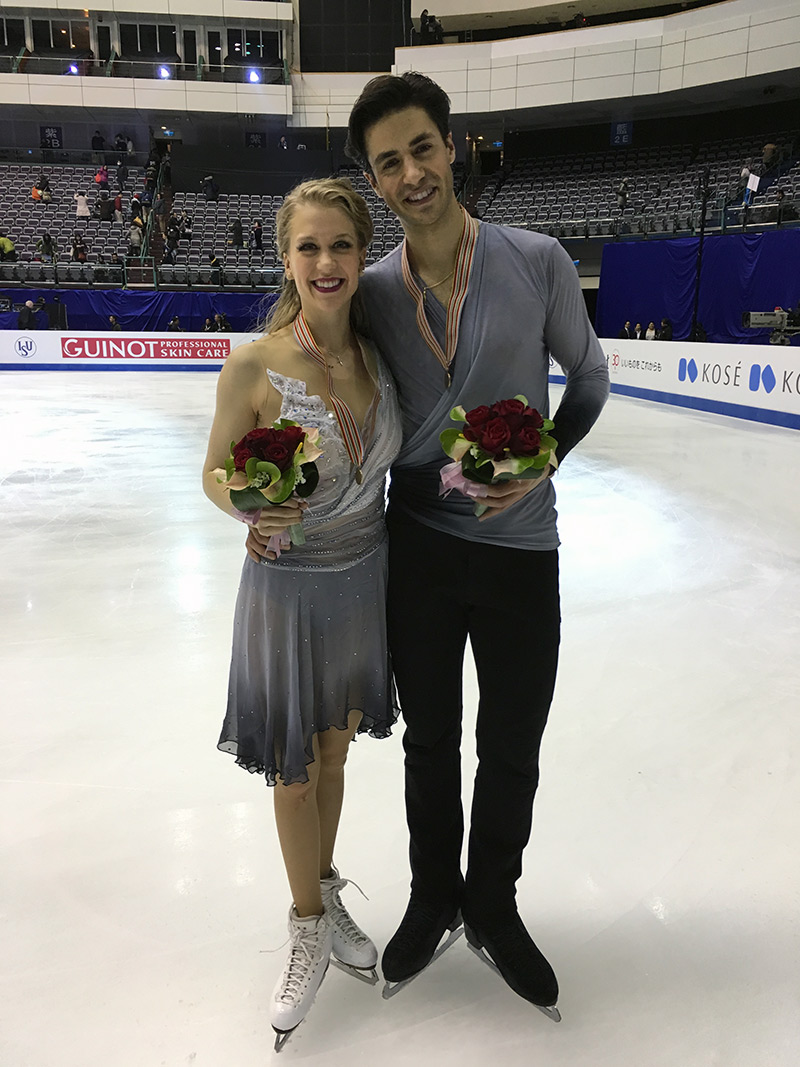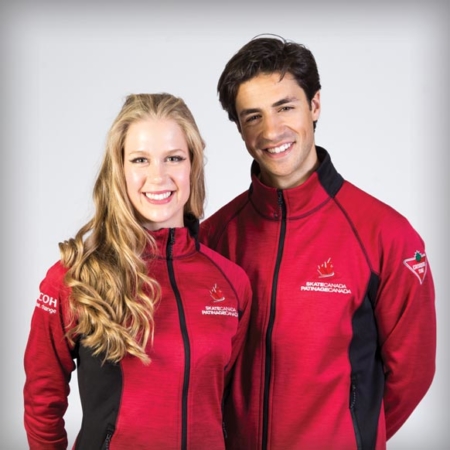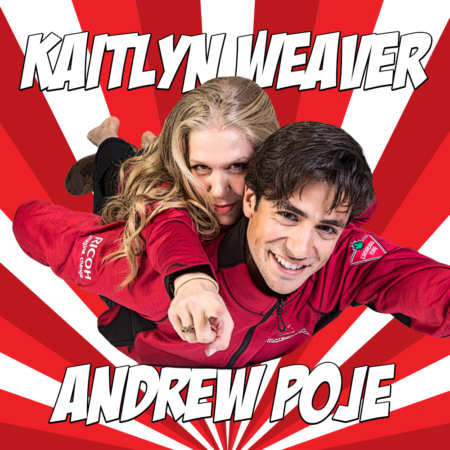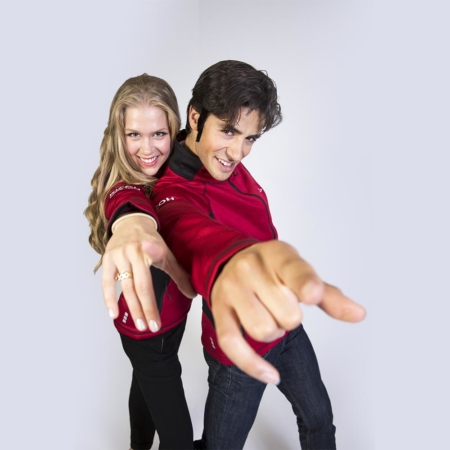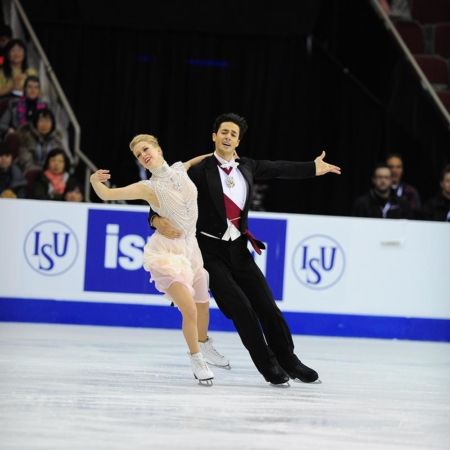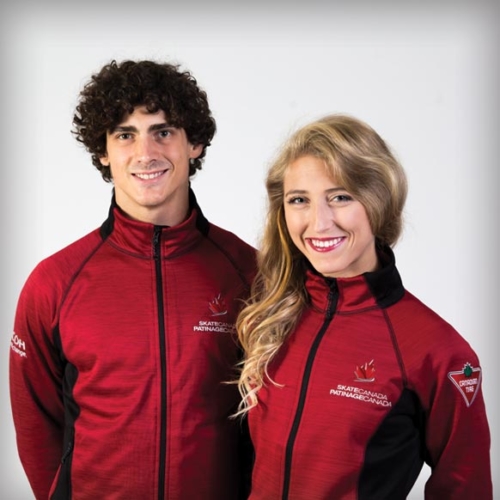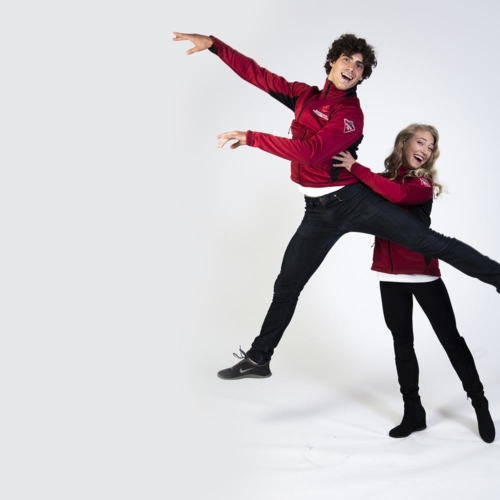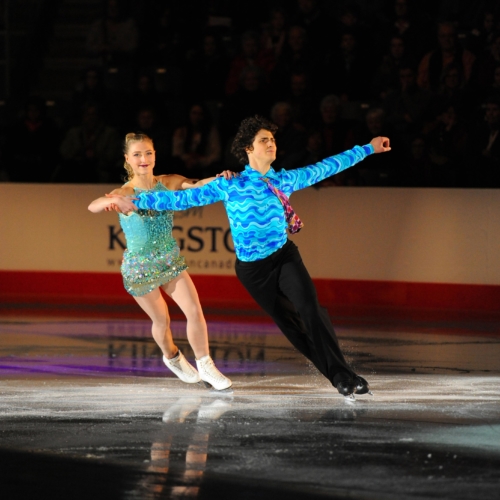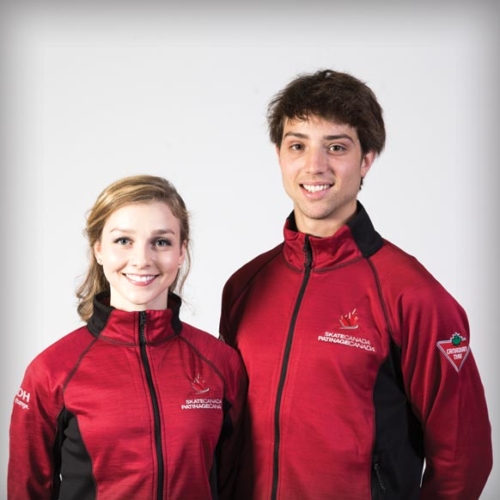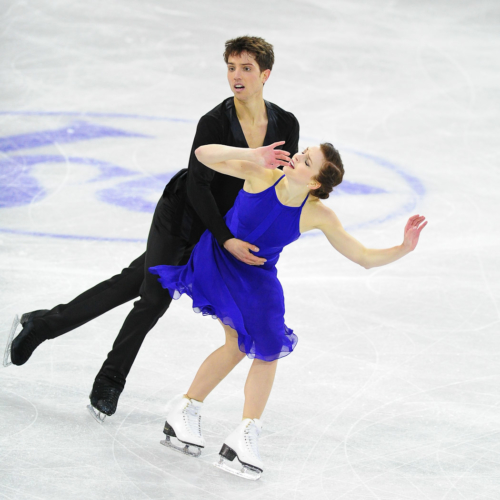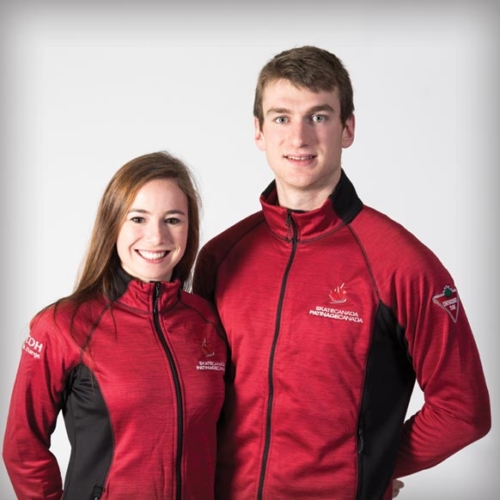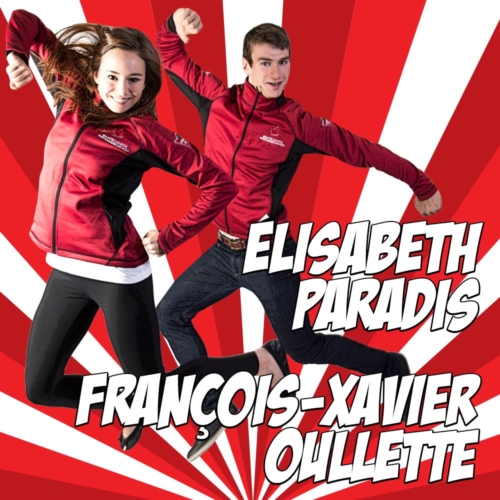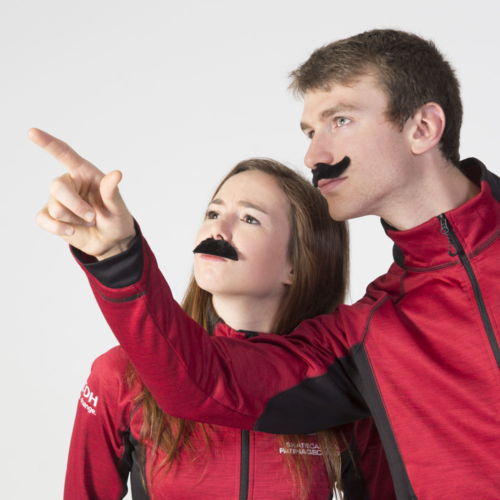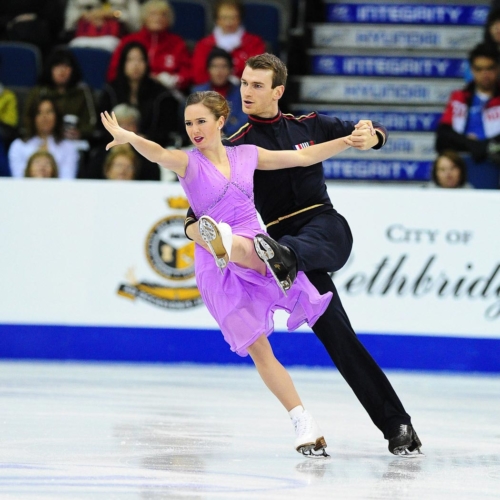One thing is perfectly clear: ice dancing is a dangerous, taxing sport.
The statement may have seemed absurd at one time, but no more, not with a judging system that asks so much of the ballroom breed. In the span of a few short years, Tessa Virtue has suffered from chronic Eexertional compartment syndrome in her legs; Kaitlyn Weaver broke a bone near an ankle joint while colliding at a high rate of speed into the boards during training last season, and now yet another Canadian ice dancing team has hit an untimely snag.
About four months ago, Paul Poirier was training a twizzle sequence with partner Piper Gilles when he “caught a little bit of air” and landed on his right foot – sideways.
That fleeting miscue had long-term aftershocks. Poirier suffered a fracture dislocation in his right ankle, requiring the ubiquitous Torontonian, Dr. Bob Brock, to insert four plates and 15 screws into the skater’s limb. Dr. Johnny Lau performed surgery on Weaver last season.
Ask Poirier nicely, and he’ll show you the x-ray on his smart phone, complete with a series of little bar-like structures wending their way up his bone, and then an alarmingly big screw at the ankle, anchoring it all. Poirier expects that only one of those screws will come out in future. Unless those screws pester him while he skates, they will be with him for life, a reminder of the perils of ice dancing. For now, he has a long, nasty scar that runs from his ankle to below his right knee.
“So far it’s been really good,” Poirier said, with not a shred of negativity or with a “woe is me” mien. “My body has reacted to it as well as possible.”
It’s not exactly optimum to have to overcome such a serious injury during Olympic season, when skaters usually want to push themselves as much as they can. “I think the hardest thing has been not doing too much,” Poirier said. “It’s more beneficial to do a little bit less now. What’s important for us is nationals.”
Their two Grand Prix events are, fortunately for them, late in the series: Cup of Russia and NHK Trophy.
Poirier says he’s been healing on a best-case scenario pace – ahead of schedule. Two weeks after surgery, he was back at the gym. “I’m not worried about my strength or my cardio in any sort of way,” he said. “My skills are pretty good for the most part.” They can’t do two-hour long sessions. They must train efficiently, and make the most of their time on ice. But they’ve come a long way. When Poirier first went back onto the ice, he could skate for only five minutes at a time.
“Every day, my ankle is getting stronger,” he said. “I can feel it.”
Piper has had to learn to skate without Poirier and keep a positive outlook. “So many emotions went through my mind when it first happened,” she said. “But we just have to look at it in a positive way, more than a negative way. The more negative it is, the more you just drown yourself and you don’t want to come into the rink.”
With Poirier off the ice, Gilles worked on lots of Finnstep patterns, lots of footwork, lots of twizzles.
Poirier wore a cast from his ankle to just below his knee for six weeks, and as soon as he got out of it, the twosome started to go through their programs off the ice, on the floor, every day.
“Because we couldn’t worry about the skating and we weren’t doing lifts and things like that, it really gave us a lot of time to work on character development, on the details and the expressions,” Poirier said. “We normally work on those things, but for a while, it was all we could do.”
Fortunately, they had choreographed their free dance in April, before the injury. “We were able to skate the program before the accident, so we were able to keep visualizing it in our head.”
And what visualization! They are skating to the soundtrack from the movie Hitchcock and the Making of Psycho, a 2012 comedy-drama that traces the relationship that Hitchcock had with his wife and the lead actress of Psycho.
Strangely enough, Gilles and Poirier had pictured themselves skating to something dramatic this year, something they hadn’t done before, something meant to show a different side of themselves. (Mary Poppins was the vehicle last year.) They kept on stumbling over scores written by Danny Elfman. When coach
Carol Lane returned from the junior world championships last season, she told them she had seen the movie on the plane, and urged her pupils to listen to the soundtrack. Strangely enough, they found it was written by Elfman.
“It was so weird,” Gilles said. The program came together very quickly, unlike their free skate last year.
Their short dance was choreographed after the accident. Poirier watched it come together from the bleachers. “It was really quite a big group effort to get the program together and once he was able to do off-ice, he learned it on the floor,” Gilles said.
For their short dance, they use music from Caro Emerald, a Dutch jazz singer whose music has hit the top of the charts in the United Kingdom. The program is very “ballroomy,” Poirier says.
The style, said Gilles, suits their outgoing, bubbly personalities. It’s difficult, too. Most of it is done in closed dance hold, which is tricky to do, especially if you dance close together and quickly.
Because of the injury, they’ve had to work backwards this season: mastering the character, and then the technique. Perhaps they will find that it’s the way to go in the future. “We might find that this process works better for us,” Poirier said. “It’s really going to be a year of discovery. I think we’re going to come out of this stronger.”
Beverley Smith
